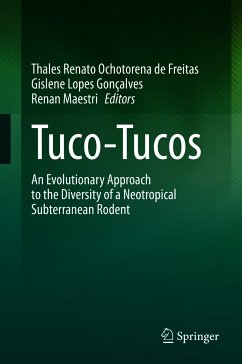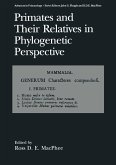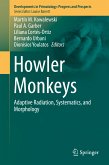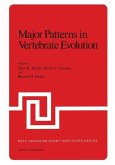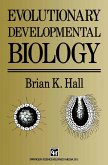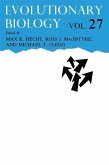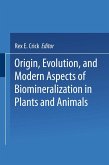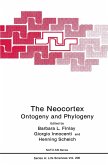This book examines the biology of tuco-tucos (Ctenomys) from an evolutionary perspective. Historically, these subterranean rodents have long attracted the attention of scientists due to its remarkable chromosomes variability and rapid diversification. A wealth of knowledge on physiology, ecology, genetics, morphology, paleontology, and taxonomy has been documented in the last 70 years through numerous single publications. In this volume, expert investigators review and frame these essays with the breadth of current understanding. The collection of chapters are presented into the major topics: i) Evolution of Ctenomys, ii) Geographic Patterns, iii) Organismal Biology, and iv) Environmental Relationships. Given its scope, the book will be of interest to both students and researchers and may stimulate further research with this exciting model on a wide range of evolutionary topics.
Dieser Download kann aus rechtlichen Gründen nur mit Rechnungsadresse in A, B, BG, CY, CZ, D, DK, EW, E, FIN, F, GR, HR, H, IRL, I, LT, L, LR, M, NL, PL, P, R, S, SLO, SK ausgeliefert werden.

